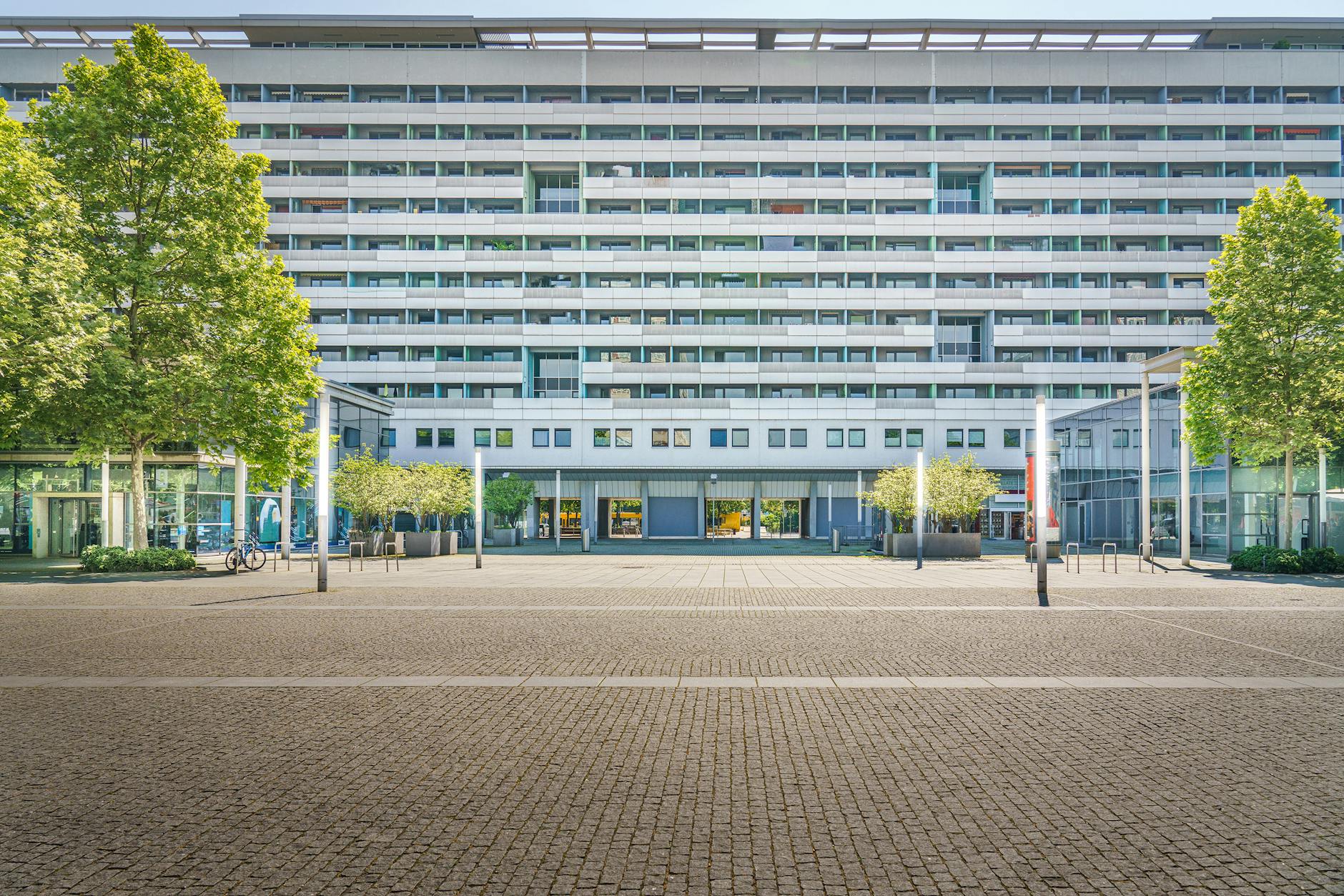Emerging Trends in Commercial Real Estate Leasing and Brokerage
Emerging trends in commercial real estate leasing and brokerage are reshaping the landscape of how businesses acquire, manage, and optimize their physical spaces. With the ongoing digital transformation, shifting workplace dynamics, and evolving tenant expectations, commercial real estate (CRE) professionals must adapt to maintain competitiveness. This article explores the nuanced changes in leasing strategies, the rise of technology-enabled brokerage services, the growing emphasis on sustainability, and how flexible space solutions are altering demand patterns. Understanding these trends is vital for investors, tenants, and brokers aiming to navigate a complex market influenced by economic shifts and technological innovation. By examining these key areas, we can better anticipate the future directions of commercial real estate leasing and brokerage.
the rise of technology in leasing and brokerage
The integration of technology in commercial real estate leasing and brokerage has accelerated rapidly in recent years. Platforms using artificial intelligence and big data analytics are transforming how market data is gathered, analyzed, and presented. This technological shift benefits all stakeholders by enhancing decision-making through predictive modeling and real-time market insights.
Virtual tours, 3D walkthroughs, and augmented reality tools allow prospective tenants to experience spaces remotely, reducing the traditional need for physical site visits. Brokerage firms are increasingly adopting customer relationship management (CRM) systems tailored for CRE, streamlining client interactions and lease management.
For brokers and landlords alike, automation of routine tasks such as document management and lease tracking has improved efficiency and minimized errors. This tech adoption is fostering a more transparent, data-driven leasing environment that supports smarter negotiations and long-term client relationships.
sustainability and green leasing
Sustainability is no longer a niche consideration but a core element of commercial leasing strategies. Green building certifications such as LEED and WELL have gained importance among tenants seeking healthier, more energy-efficient spaces. In response, landlords and brokers increasingly offer green leases, which include provisions encouraging sustainable practices like reduced energy consumption and on-site waste management.
Energy performance clauses and sustainability benchmarks are becoming standard components within lease agreements. These not only enhance a building’s marketability but also can lead to cost savings on utilities, benefiting tenants financially and environmentally. Moreover, investors show growing preference for properties with strong environmental, social, and governance (ESG) credentials.
Altogether, sustainability considerations are shaping leasing decisions and driving the market toward greener, more responsible CRE portfolios.
flexible leasing options and workspace demand
The traditional long-term leasing model is being challenged by the growing demand for flexibility in commercial spaces. Driven by the rise of startups, remote work trends, and uncertain economic conditions, tenants increasingly seek shorter lease terms, scalable spaces, and the ability to adjust footprint as needed.
Flexible leasing options, including coworking and serviced offices, have expanded beyond small businesses to attract larger enterprises exploring hybrid work models. Landlords and brokers are adapting by offering modular spaces, plug-and-play facilities, and flexible contracts that accommodate fluctuating occupancy.
This shift has significant implications for leasing strategies, as property owners must balance steady income streams with the demand for agility and customization. The evolving tenant profile highlights the importance of responsive leasing frameworks and enhanced service offerings.
data-driven market insights and smart decision making
Data analytics plays a critical role in shaping contemporary commercial leasing and brokerage practices. Modern CRE professionals leverage extensive datasets to optimize valuation, anticipate market trends, and tailor leasing proposals.
Key metrics such as vacancy rates, absorption statistics, rental growth trajectories, and tenant mix are tracked with precision, enabling brokers to provide clients with actionable insights. Machine learning algorithms assist in forecasting demand patterns and potential risk factors, thus supporting better portfolio management.
The following table outlines some key CRE data points and their applications in leasing decisions:
| Data point | Purpose | Impact on leasing |
|---|---|---|
| Vacancy rate | Measures available space in market | Influences negotiating power and pricing |
| Absorption rate | Tracks space leased over time | Indicates demand strength and market health |
| Rental growth | Shows trends in lease pricing | Assists in setting competitive rents |
| Tenant mix | Analyzes diversity of occupants | Supports building positioning and branding |
By integrating these tools into their workflows, brokers are better equipped to meet client needs quickly and precisely, fostering trust and long-term partnerships.
conclusion
The landscape of commercial real estate leasing and brokerage is undergoing profound transformation fueled by digital innovation, sustainability priorities, and shifting tenant demands. Technology has enhanced transparency and efficiency in transactions, while green leasing is driving sustainability to the forefront of market expectations. The demand for flexible leasing options reflects broader shifts in how businesses operate, necessitating adaptive strategies by landlords and brokers. Additionally, the use of data-driven insights has become indispensable in crafting leasing decisions that are informed and strategic.
As these interconnected trends evolve, stakeholders who embrace technology, sustainability, flexibility, and analytics will find themselves better positioned to capitalize on opportunities and mitigate risks in the commercial real estate sector. Staying ahead requires continuous adaptation and forward-thinking approaches that align with market realities and client expectations, setting the stage for a more resilient and dynamic CRE ecosystem.
Image by: Jakub Zerdzicki
https://www.pexels.com/@jakubzerdzicki
editor's pick
latest video
news via inbox
Nulla turp dis cursus. Integer liberos euismod pretium faucibua

